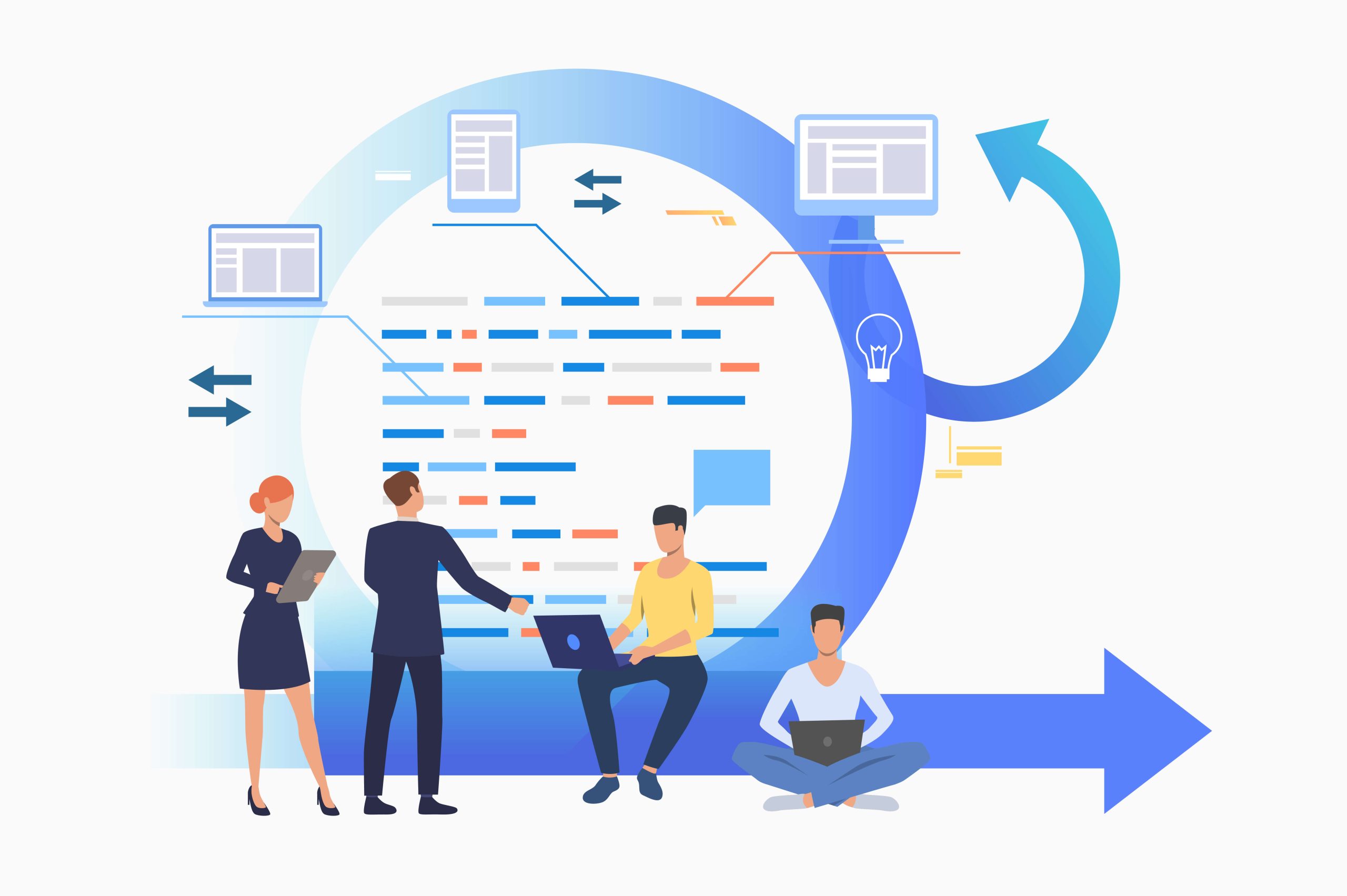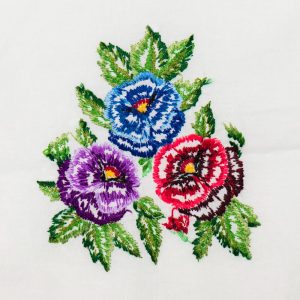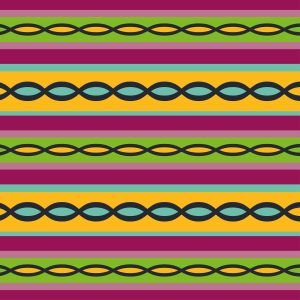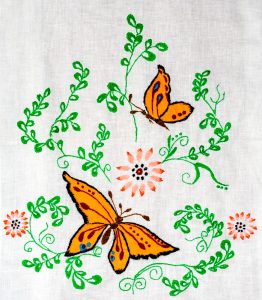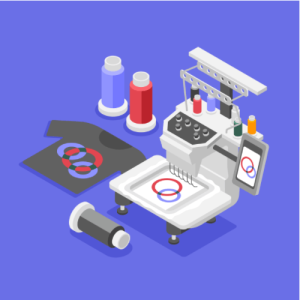- High-quality embroidery digitizing starts with the right file format—and vector art formats like .AI, .EPS, and .SVG lead the way.
- Raster files like .JPG or .PNG may be fine for screens, but they’re not ideal for embroidery design or stitch accuracy.
- Vector files are scalable, editable, and provide clear outlines, which make them perfect for digitizing services.
- Whether you're requesting patch services, jacket back digitizing, or 3D puff embroidery, submitting clean vector files ensures smoother production.
Learn more about how professionals handle file conversion in our guide: Low-Cost Vector Digitizing
What Makes EPS, AI, and SVG So Powerful for Embroidery?
- EPS (Encapsulated PostScript):
- Universally compatible with most vector art software.
- Preserves sharpness when resizing.
- Works great with vector art services and digitizing tools.
- AI (Adobe Illustrator):
- Preferred for detailed logo designs.
- Editable layers make it easy to isolate elements for embroidery digitizing services.
- Used by most professionals for commercial embroidery.
- SVG (Scalable Vector Graphics):
- Lightweight and perfect for web-to-embroidery projects.
- Keeps file sizes low without compromising quality.
- Great for logos used in patch services or e-commerce items.
Discover why file format clarity matters when starting a digitizing project: Request a Quote for Your Embroidery
Can You Convert JPG or PNG to Vector for Digitizing?
- Yes, but results vary depending on image quality.
- Manual vector tracing ensures better quality than automatic conversion.
- Vectorizing blurry or low-res images adds unnecessary work for digitizers and may affect stitch count and alignment.
Thinking about doing it yourself? Read our comparison: DIY vs. Professional Digitizing
How Do Vector Files Help Reduce Common Digitizing Errors?
- Clear edges from vector art reduce fabric pulling, density mismatches, and scaling issues during digitizing.
- When digitizers have a clean vector to work from, they can:
- Map accurate stitch paths.
- Avoid guesswork with edge detection.
- Preserve proportions and color zones.
See how we minimize mistakes in our work: Error-Free Digitizing Workflow
What Role Does Vector Design Play in Embroidery Stitch Accuracy?
- A clean vector design helps maintain shape and symmetry across stitches.
- Every path and point in a vector file translates to precision stitch data.
- Without a solid base vector, even the best digitizer may face challenges, especially with detailed embroidery design like lettering or outlines.
Want pro results every time? Check our Embroidery Digitizing Portfolio
Why Are Vector Files Essential for Patches, Logos, and Complex Embroidery?
- Patch services rely heavily on clear edges and spacing to ensure patch borders align perfectly.
- Left chest logos, cap designs, and jacket back embroidery all need precise alignment that only vector files can provide.
- Using EPS, AI, or SVG files ensures:
- Better thread control.
- Sharp curves and corners.
- Minimal rework or corrections post-sampling.
Learn how vector digitizing supports business branding: Affordable Custom Vector Art Services
How Does Vector Art Improve Digitizing for Bulk Orders?
- Scalable files help create consistent outputs across thousands of garments.
- Great for bulk embroidery digitizing services used in uniforms, retail apparel, or team merchandise.
- Ensures fast turnaround since digitizers can work quickly without correcting poor inputs.
Read how we serve businesses at scale: Why Choose Quality Care Digitizing
Is Manual Digitizing Still Necessary With Vector Files?
- Yes, but vector files make it faster and more accurate.
- Manual digitizing ensures custom stitch types and textures, especially for unique materials or patch services.
- But clean vectors eliminate guesswork and speed up stitch path planning.
Check our feature on this debate: AI vs. Manual Digitizing
How to Know If Your Vector File Is Ready for Digitizing?
- Open it in software like Adobe Illustrator or CorelDRAW to check:
- Are all elements vector (not embedded images)?
- Are paths closed (no gaps)?
- Are text layers outlined?
- If you're unsure, send it to a professional vector art service for cleanup.
Still unsure? See how we maintain file quality: Quality in Vector Digitizing
What's the Cost of Working With Vector Files in Digitizing?
- Often, starting with a vector file reduces digitizing costs.
- Fewer edits and cleaner inputs lead to quicker quotes and lower stitch file pricing.
- You can find our complete rate chart here:
Digitizing Services Pricing
Can You See Real Results From Using Vector Files?
- Our vector art portfolio includes real client projects showcasing precision logos and patch-ready designs.
- You’ll find examples of:
- Logo embroidery on polos.
- Digitized monograms for fashion brands.
- Vector-based jacket backs and 3D puff work.
Visit our portfolio pages to see real results:
Vector Art Portfolio
Final Thoughts: Make Vector Art Part of Your Embroidery Workflow
- Submitting vector files like .EPS, .AI, and .SVG helps you:
- Speed up turnaround time.
- Reduce digitizing mistakes.
- Improve embroidery quality.
- Lower project costs.
- Every professional embroidery digitizing service depends on high-quality input. Don’t skip this crucial step.
Want to get started now? Request a quote or upload your art:
Get a Quote

